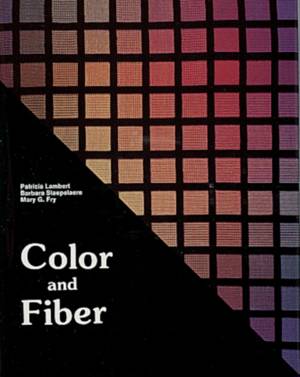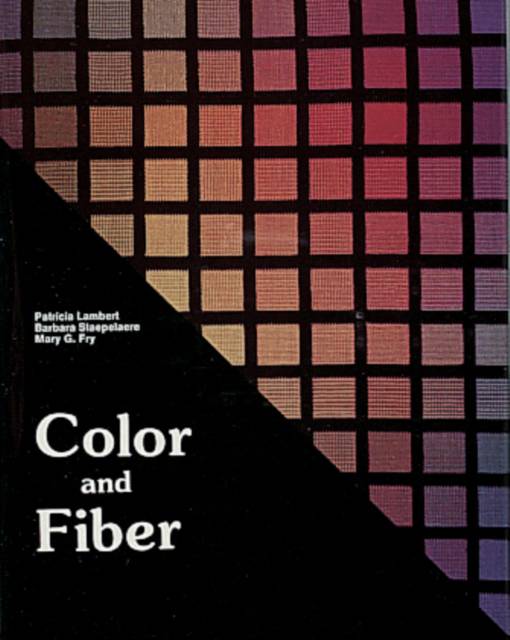
- Afhalen na 1 uur in een winkel met voorraad
- Gratis thuislevering in België vanaf € 30
- Ruim aanbod met 7 miljoen producten
- Afhalen na 1 uur in een winkel met voorraad
- Gratis thuislevering in België vanaf € 30
- Ruim aanbod met 7 miljoen producten
Zoeken
Omschrijving
Fiber artists will welcome this opportunity to learn how to use and control color with this monumental and exquisitely beautiful book. Whether they stitch, quilt, weave, work in macrame, hook rugs, knit, crochet, or experiment in mixed media, the artists will benefit from the authors' techniques for solving color problems. Color and Fiber is divided into three sections. The first section presents essential terminology, ideas, and definitions about light and color as preparation for the problems, projects and ideas which follow. The second section describes how light, dye and pigment work with fibers because individual fibers, yarns and fabrics differ in their responses to light and color. The ability to solve color problems depends on the artists' understanding of the fiber's light and color relationships. The third section presents the practical applications for the information gained in the first two sections. Besides color mixing and special effects such as iridescence and opalescence, this section examines projects that artists or classes can do to understand color's part in determining spatial effects, emotional impact and color systems.
Specificaties
Betrokkenen
- Auteur(s):
- Uitgeverij:
Inhoud
- Aantal bladzijden:
- 255
- Taal:
- Engels
Eigenschappen
- Productcode (EAN):
- 9780887400650
- Verschijningsdatum:
- 7/01/1997
- Uitvoering:
- Hardcover
- Formaat:
- Genaaid
- Afmetingen:
- 227 mm x 288 mm
- Gewicht:
- 1669 g

Alleen bij Standaard Boekhandel
+ 134 punten op je klantenkaart van Standaard Boekhandel
Beoordelingen
We publiceren alleen reviews die voldoen aan de voorwaarden voor reviews. Bekijk onze voorwaarden voor reviews.











